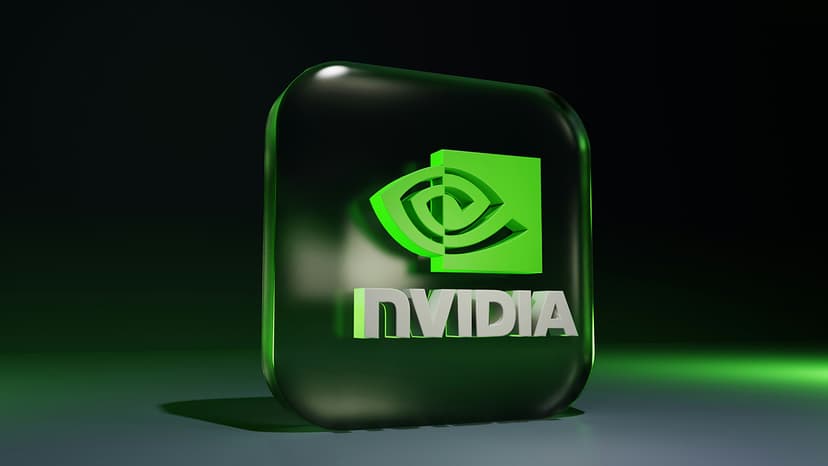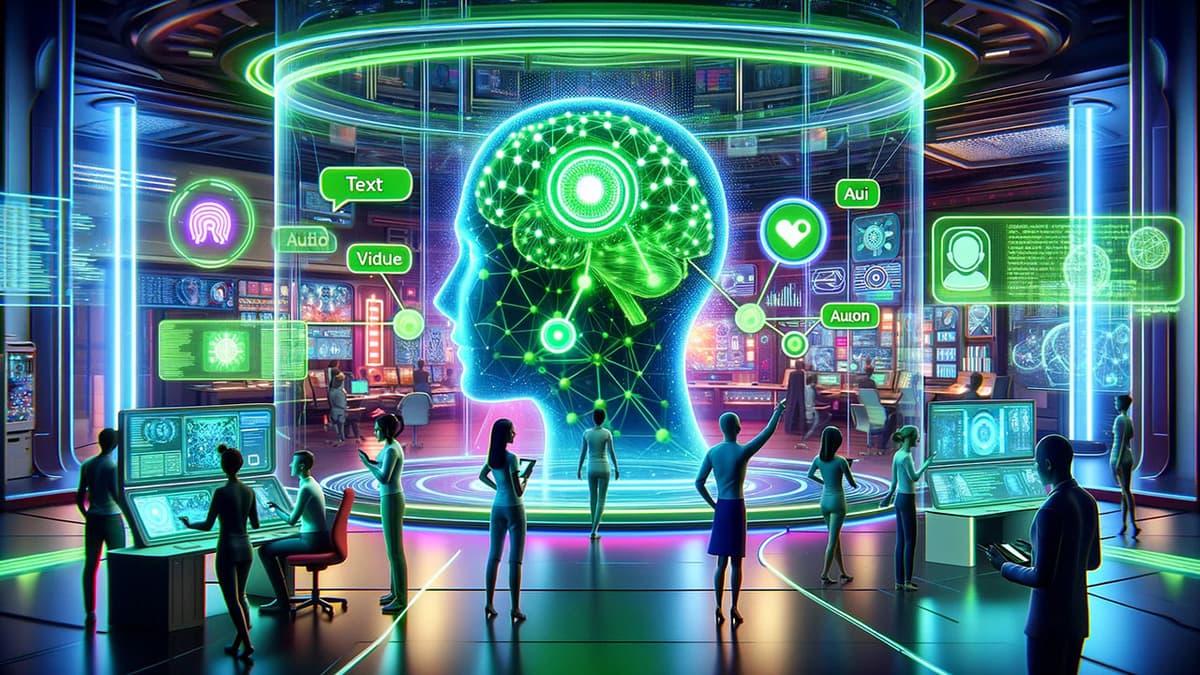Unraveling the Mystery of Blockchain Technology
In recent years, one term that has taken the technology world by storm is blockchain. This revolutionary technology is often labeled as complex and difficult to understand, leaving many individuals with the burning question: "What is blockchain, and how does it work?"
Understanding the Basics
At its core, blockchain is a decentralized and distributed ledger technology that records transactions across a network of computers. Unlike traditional databases that are controlled by a single entity, blockchain operates on a peer-to-peer network where every participant holds a copy of the ledger. The information stored in a blockchain is grouped into blocks, which are then linked together in a chronological chain - hence the name blockchain.
How Does Blockchain Work?
The magic of blockchain lies in its ability to ensure security, transparency, and immutability of data. When a new transaction is initiated, it is broadcasted to the network of computers, known as nodes. These nodes validate the transaction using predefined consensus mechanisms, such as Proof of Work or Proof of Stake, before adding it to a block.
Once a block is filled with transactions and sealed with a cryptographic hash, it is appended to the existing chain of blocks. This process creates a permanent record of the transaction that can never be altered or deleted. Blockchain technology eliminates the need for intermediaries by enabling trustless transactions between parties.
Real-World Applications
While blockchain technology is most commonly associated with cryptocurrencies like Bitcoin and Ethereum, its potential applications extend far beyond digital currencies. Industries ranging from finance and supply chain management to healthcare and voting systems are exploring the transformative power of blockchain.
For instance, blockchain can be utilized in supply chain management to track the provenance of goods from manufacturer to consumer, ensuring transparency and authenticity. In healthcare, patient records can be securely stored on a blockchain, enabling seamless data sharing among healthcare providers while maintaining patient privacy.
Key Features of Blockchain
Decentralization
Blockchain operates on a decentralized network, meaning there is no central authority controlling the system. This decentralization ensures that no single entity has control over the entire network, making it resistant to censorship and tampering.
Transparency
Transactions recorded on a blockchain are visible to all participants in the network. This transparency fosters trust among users and eliminates the need for intermediaries to verify the authenticity of transactions.
Immutability
Once a transaction is added to the blockchain, it becomes immutable, meaning it cannot be changed or deleted. This feature ensures the integrity of the data stored on the blockchain, making it highly secure and tamper-proof.
Security
Blockchain employs advanced cryptographic techniques to secure transactions and protect the network from malicious attacks. The combination of encryption and consensus mechanisms makes blockchain one of the most secure technologies available today.
Future Outlook
As the adoption of blockchain technology continues to grow, we can expect to see even more innovative use cases emerge across various industries. Governments, enterprises, and individuals are recognizing the potential of blockchain to revolutionize existing systems and processes, paving the way for a more efficient and transparent future.
Blockchain technology represents a paradigm shift in how we store, transact, and authenticate data. By leveraging its decentralized nature, transparency, immutability, and security features, blockchain has the power to reshape the way we interact with digital information. The era of blockchain is upon us, and the possibilities are truly limitless.












